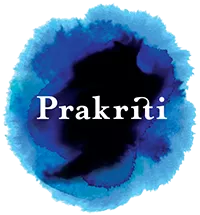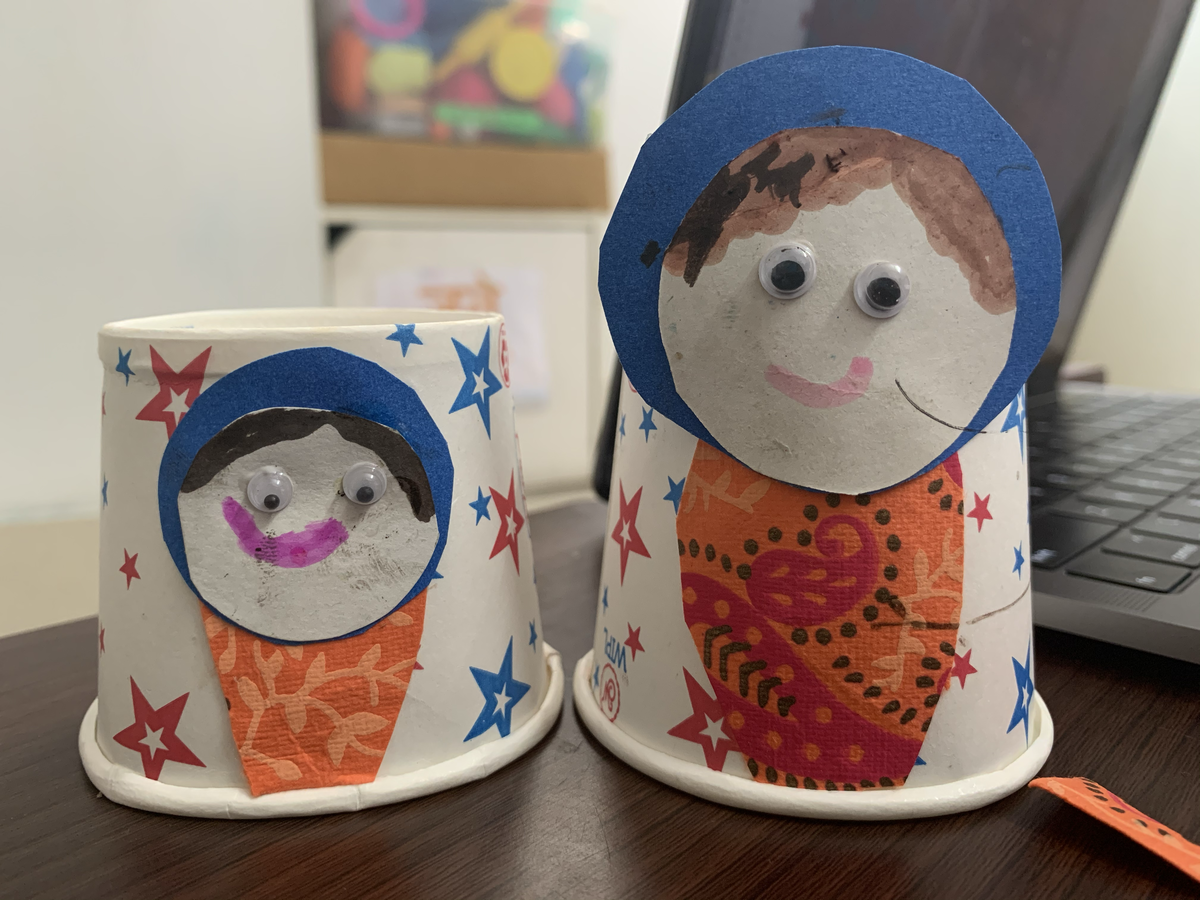
An inter-disciplinary project undertaken by Grade 1 & Grade 2 in the first term
Merry Group began its journey with the Project “Me, my family and my home”. The main objectives of this theme were to familiarize learners with their body parts and to explore their senses. With this project we also focussed on exploring their connection with their family members and explored their physical space around them. Languages, Mathematics and Arts were also interlinked with the Project and various aspects of the theme were catered in different subjects through various interesting activities.
This theme talks about oneself, their connection with their family members/ friends and physical space i.e Home.
Main objectives of this theme were :
-To understand oneself better.
-To be able to connect more with family members/friends.
-To be able to explore and understand the physical space around them.
Reflections From Our Happy Group (Grade 2)
There were several activities that were conducted under this theme. In Project, Happy Group began with their old photographs wherein they had to observe their own old self and mapped the growth between their old and present self. Self-Reflection is the key to self-awareness! The children took up the reflective activities remarkably, observed and reflected on their own selves, their own likes and dislikes, their growing abilities and so on. ‘मेरे अन्दर का मौसम’ was another activity that gave children an opportunity to observe, understand and reflect upon their feelings and emotions.
My likes and dislikes
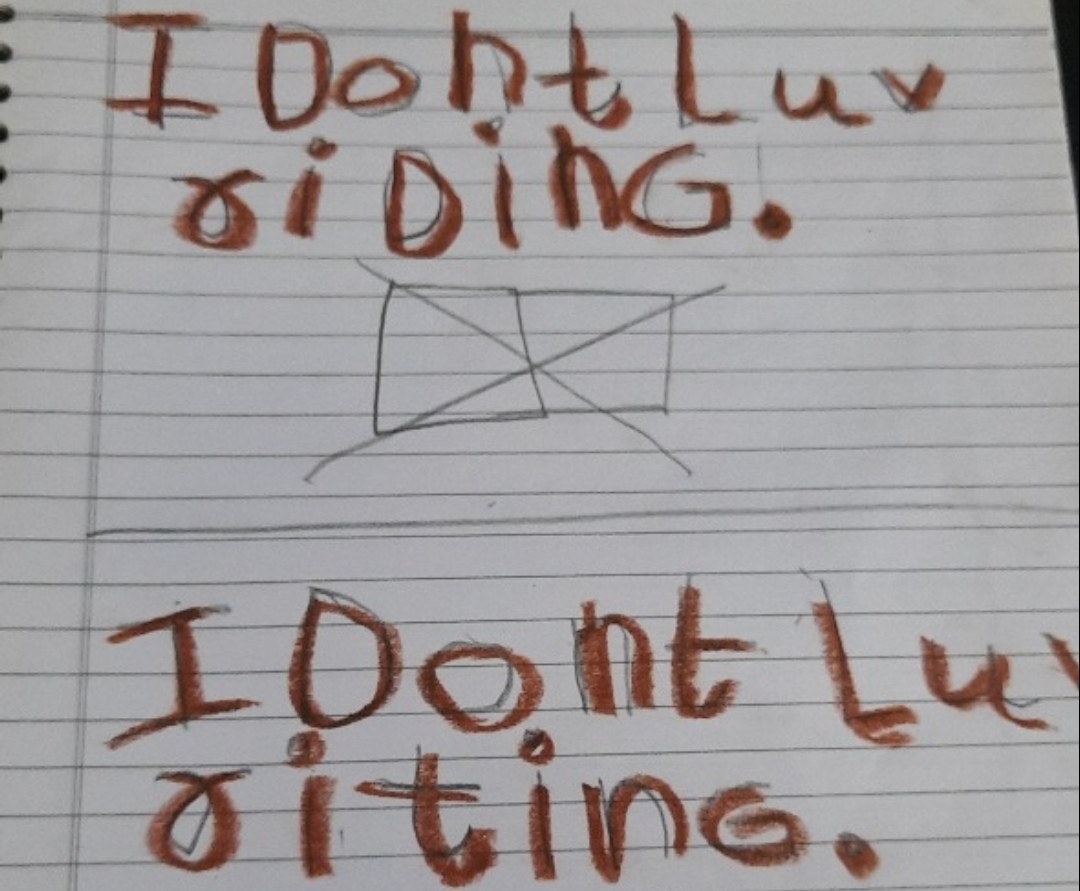
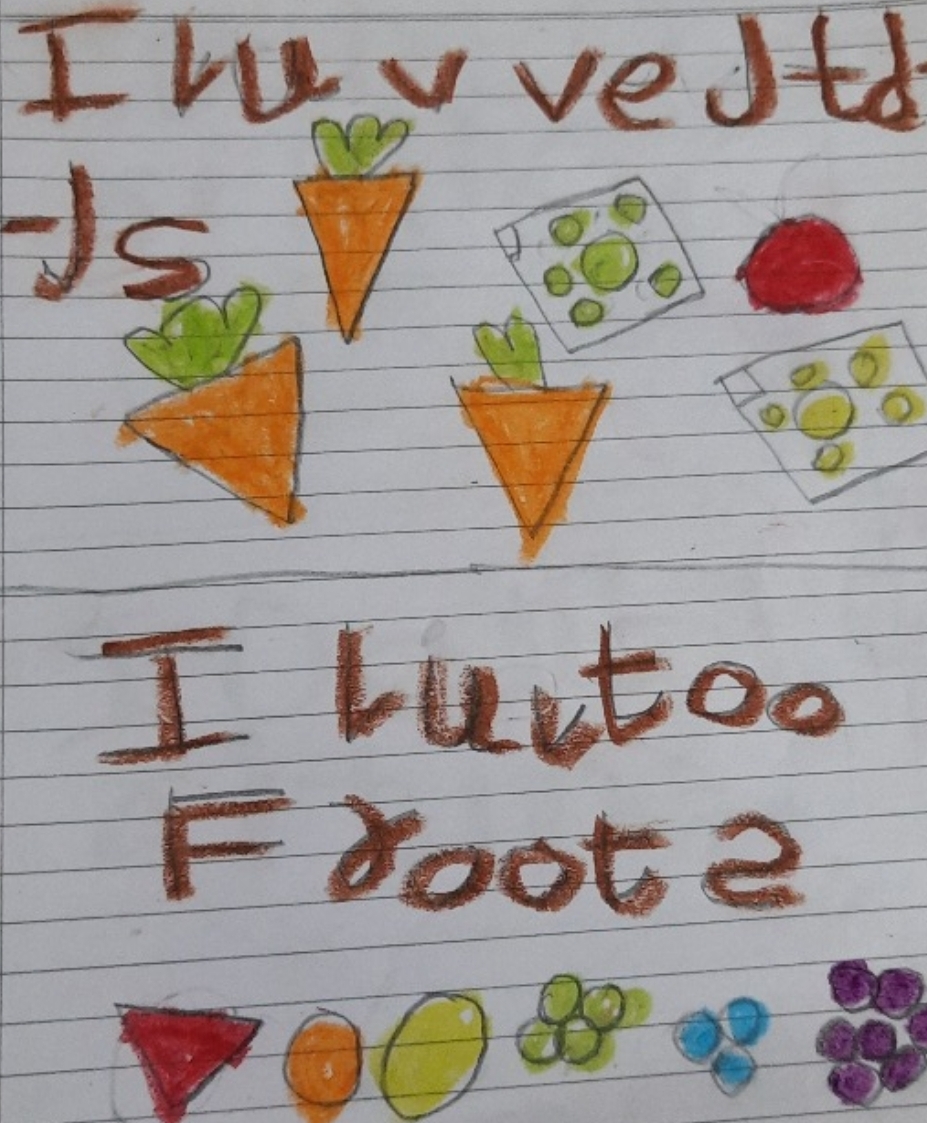
Family members became an integral part of the project when the children shared about their families by sharing their family photographs with the group. They also created some beautiful poems about their family members and talked about their unique talents/skills. The children will be getting more opportunities through Summer Fun where they will take their project further by engaging in activities related to ‘My Home’.
Things I can now do
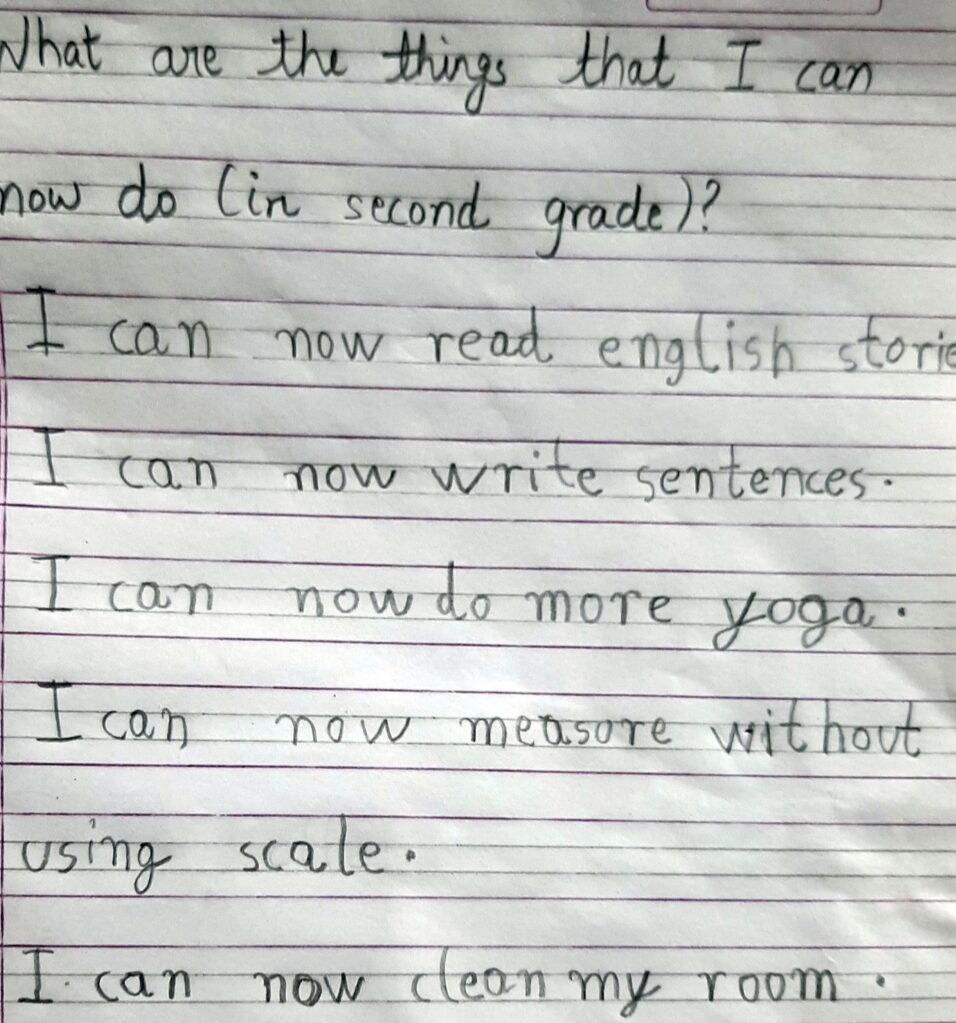
My inside weather (मेरे अंदर का मौसम)
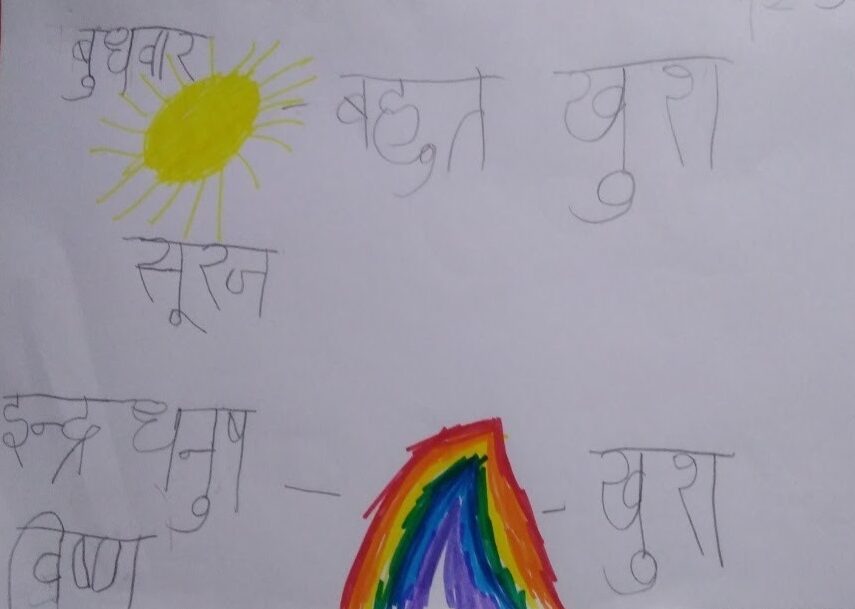
Helping my family members
In English, children engaged in poems and stories such as ‘Now that I can read’ and ‘Why should I help you ?’ and shared how they helped their family members and friends. The Buddy Program was another interactive activity wherein the children were paired up with a buddy. They helped each other and thought of some innovative ways in which they could help each other in the near future.
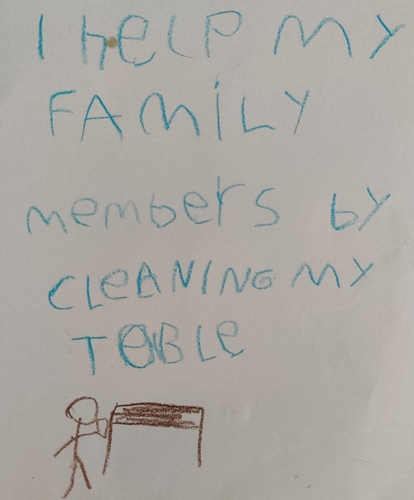
Reflection on what I learnt last year

हम सभी को अपने पिटारे में कुछ न कुछ मज़ेदार चीजें रखने की आदत होती है | हिंदी में बच्चों के साथ ‘गुल्ली का गज़ब पिटारा’ – प्रथम द्वारा प्रकाशित कहानी को पढ़ा गया | बच्चों ने छोटे-छोटे समूह में ‘पिटारा’ शब्द की अपनी समझ को व्यक्त किया और उसकी विशेषताओं को इंगित किया कि पिटारा सबके लिए अनोखा कैसे होता है, हम अपने पिटारे में क्या-क्या रखना पसंद करेंगे, जैसे अनुभव | बच्चे अपने पिटारे में क्या रखना पसंद करेंगे या कोई ऐसी चीज़ जो उनके पिटारे में पहले से है, उस पर उन्होंने पहेली बनाई और फिर सब ने मिलकर उन पहेलियों को सुलझाया |
जब हम थोड़े से बड़े हो जायेंगे, उस समय हम कुछ न कुछ बनने की इच्छा रखेंगे | इस बात को साझा करने के लिए, विनीता कृष्णा द्वारा – ‘मैं हूँ’ – कविता को पढ़ा गया | इसके बाद बच्चे क्या बनने की इच्छा रखते हैं, वे भी उन्होंने साझा किया | आगे चलकर बच्चों ने अपने खुद के पहचान कार्ड बनाए, जिससे उन्होंने यह बताने का भी प्रयास किया कि वे ऐसे कौन-कौन से काम करते हैं जिनसे उनकी पहचान होती है |
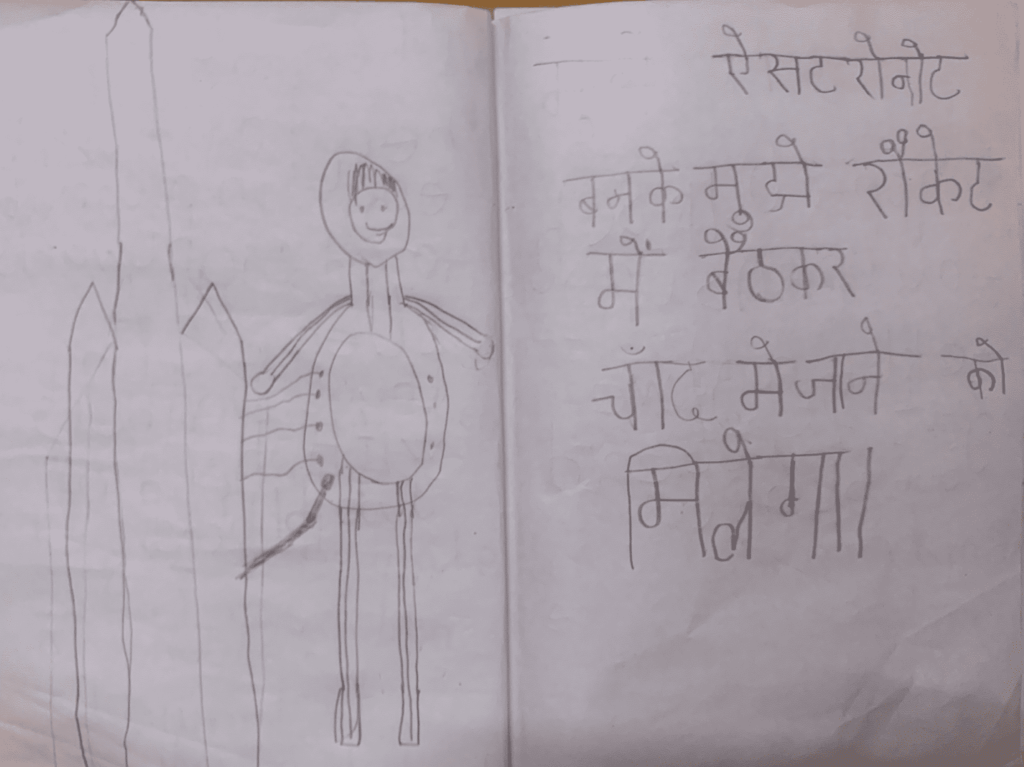
आगे चलकर हमने, अपनी पसंद की किताबों के बारे में भी बात की | इसके लिए हमने NCERT द्वारा, कहानी – ‘मेरी किताब’ और प्रथम द्वारा प्रकाशित – ‘चलो ! किताबें खरीदने’ को पढ़ा | कोई भी किताब को हम कैसे चुनते हैं, इस बात पर भी सभी बच्चों ने अपनी राय दी | बच्चे समूह में अपनी मनपसंद किताब ले कर आए थे और उन्होंने उसके बारे में भी अपने दोस्तों को बताया भी व उसके बारे में लिखा | गर्मी की छुट्टियों में, इस गतिविधि के अगले भाग में, बच्चों को अपनी खुद से कहानियों व कविताओं की रचना करने को दिया जाएगा |
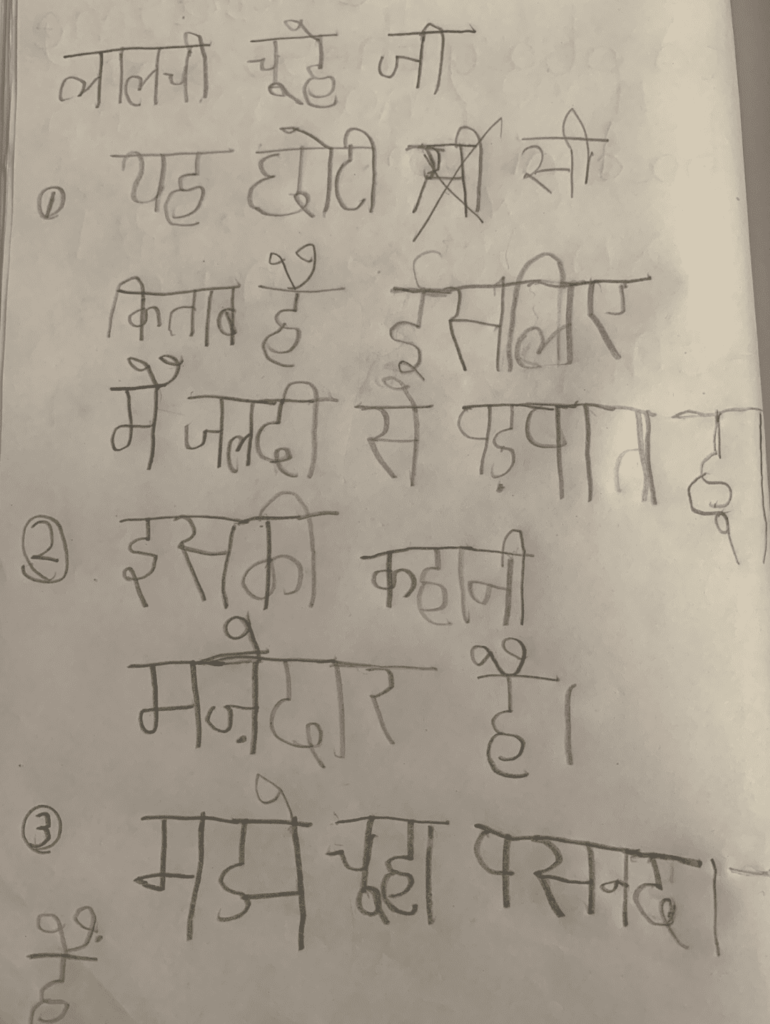
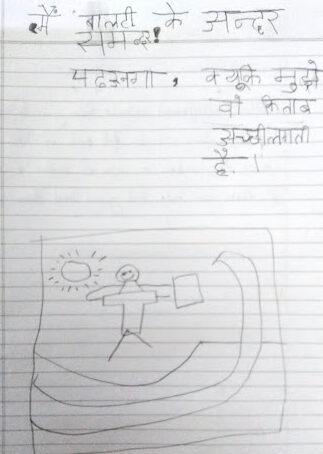
Recording of measurements by children and their parents
In Math, we commenced with the concept of measurement where children explored the length of their body parts, say arm, leg, etc by first estimating and then measuring it through non-standard units such as jodo blocks and rangometry tiles. We involved parents in concept formation where both the children and the parents measured similar objects via foot span and handspan. Through the discussions, we understood that the size of the hand and foot varies from person to person. Hence, it is necessary to use a uniform, non-standard unit to measure things like A4 size sheets, unsharpened pencils, etc else, the measurement will differ from person to person. Through the poem ‘‘छोटी का कमाल’ and the story ‘Just a Little Bit’ they gained an understanding that the seesaw can be balanced through the weight put on it and not the number of things.
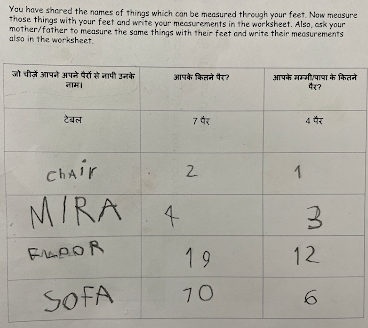
A Self-portrait showing the things the child likes doing
As children were exploring self in Project. In Art, we took the opportunity to go one step further. Learners observed themselves in a mirror, drew and coloured their own self- portraits. Further, we worked on the diversity in skin colours through a story: ‘Colours of Us’ and celebrated all the skin colours. They also created self-puppets and painted them in the shade of brown by choosing a brown shade that matches with their favourite brown food. It could be anything from brownies to chocolates to potatoes and breads. In this process, they learnt to make different shades of brown by mixing red, yellow and blue.


Colours of Us : Self – puppets
The most interesting part of the project was the reflective exercises and the Buddy Program. It was mesmerising to see them engaging in the project enthusiastically. The Buddy Program was another striking feature of our project. The goal of connecting more with their own selves, their family members and friends was achieved to a great extent.
Children’s learning :
The children delved deeper into observing themselves and reflecting on their actions more. Each one of them reflected back and could clearly observe their growing selves and the new things they are exploring/learning each day.
Facilitators’ learning :
As facilitators of the group, we learnt that the near to far approach for children’s learning is the best approach. It builds some familiarity and relatability for children. Talking about their home, family members and friends allows them to see themselves in relation with other people and things.
Why we chose that theme :
It was a great opportunity to do this project during the lockdown period as the children were able to connect more and develop a bond with themselves, their family members, friends and their physical space.
Reflections from our Merry Group (Grade 1)
The first part of the project, Children also made their own life-sized body cutouts on chart paper and themselves decided what all fine details to be added so that the cutout looks exactly like them. They also labelled the body parts therein which was a treat to watch!
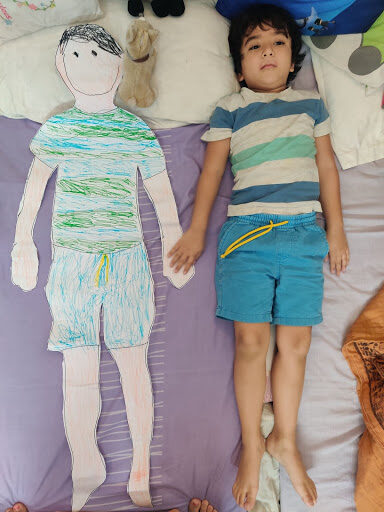
“Me”, focussed on exploring and familiarising the children with their body parts through dance and games such as “hara samundar gopi chander” and “Move your body parts if you like…..”. Learners were also familiarised with the names of the body parts in both Hindi and English languages. They were also given the opportunity to explore their body movements by moving their different body parts in different directions.
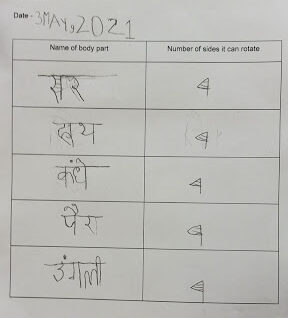
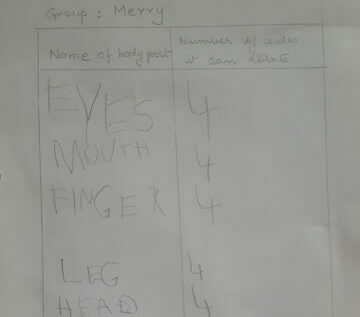
To refine their knowledge of the five senses, they played different games around the senses. Various sensory experiences were given such as closing their eyes and guessing familiar sounds being created such as that flipping the pages of a book or musical instruments, popping a balloon, falling of a coin, on and off sound of the light switch, etc. They were also given the opportunity to observe different sounds in their environment which strengthened their understanding of the senses.
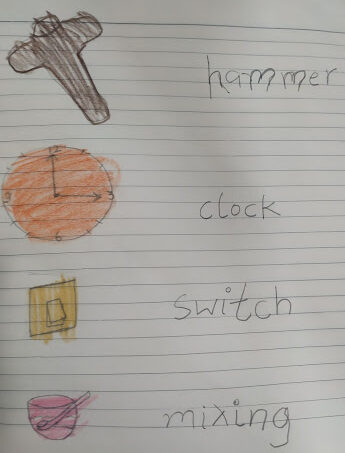
We played an observation game to notice changes around. They also observed and drew their favourite thing keeping it in front of them. These activities gave learners an insight into how important their senses are.

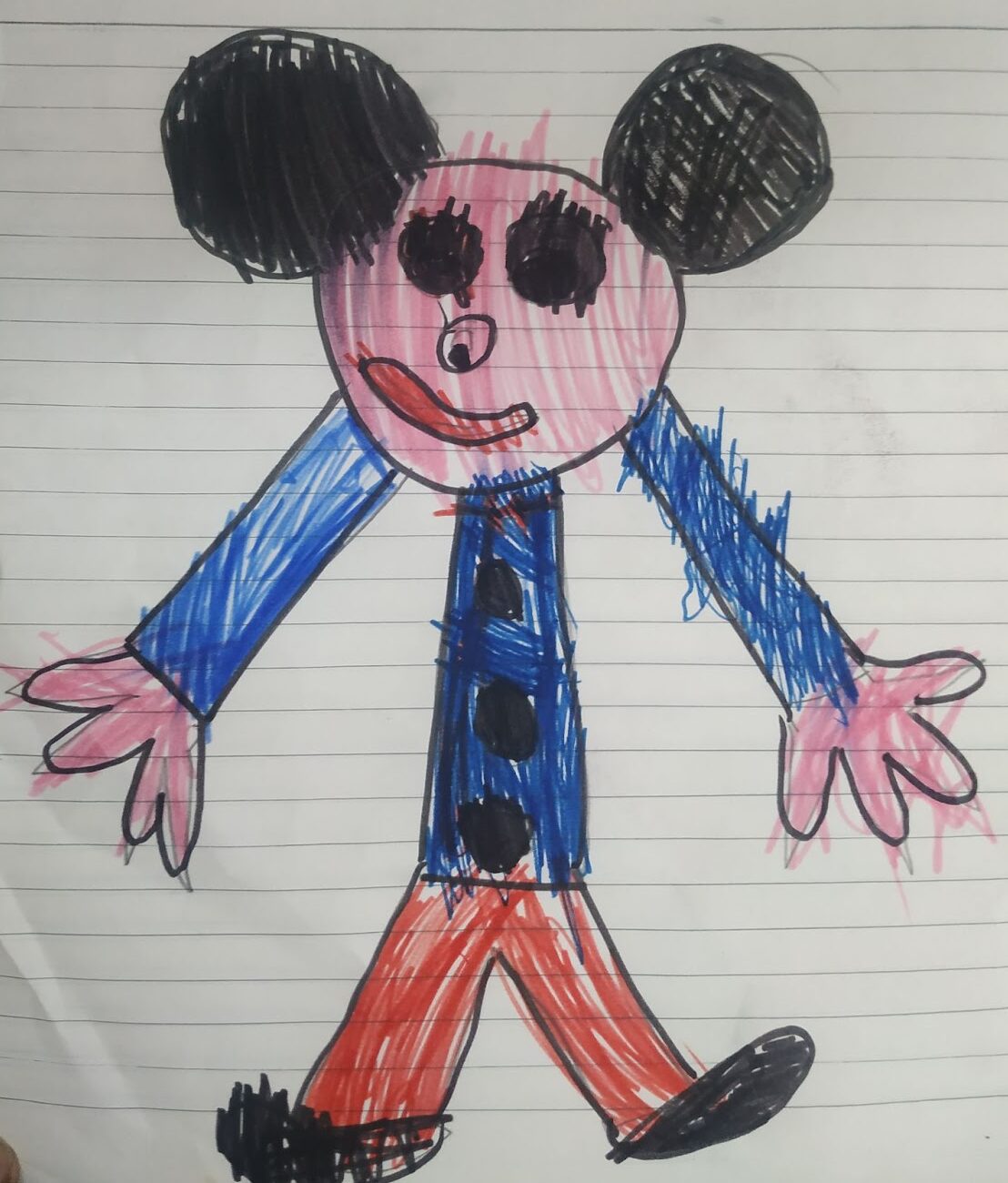
In English sessions, children saw themselves in the mirror and shared one positive aspect of themselves by saying “I see a girl/boy who…” Through this activity, they looked deep into themselves to find a positive aspect about themselves. They also made stick puppets of themselves based on the poem ‘The Mirror’.

Stories like “The bear who shared” gave us the opportunity to work with our learners to facilitate them in exploring their senses. Also through the story “Colors on the street” learners were able to work on listening where they had to listen to the instructions and do the task. Through these stories vocabulary for different tastes was also reinforced.
In Math, children strengthened their understanding of shapes and identified various shapes in different body parts. “The Shape of Me and Other Stuff” is a simple text that helped our children think about the shape of things they usually neglect. This book also encourages children to be proud of their unique shape, as it concludes with, “Hooray for the shapes in which we are in! With the help of the story and their experiences, children learnt to describe both regular and irregular shapes. This book also conveys a clear message that being different is a good thing. Different is a positive message and one we need to be reminded of in the present circumstances.
With Art, we took the learning forward and explored diversity and uniqueness in different skin colours. Children made their puppets and painted them in different shades of brown. To add more fun to the activity, they were told to choose the shade of brown that matches the brown shade of their favourite food item! In this process, they also learn to make brown shades by mixing Red, Yellow, and Blue.

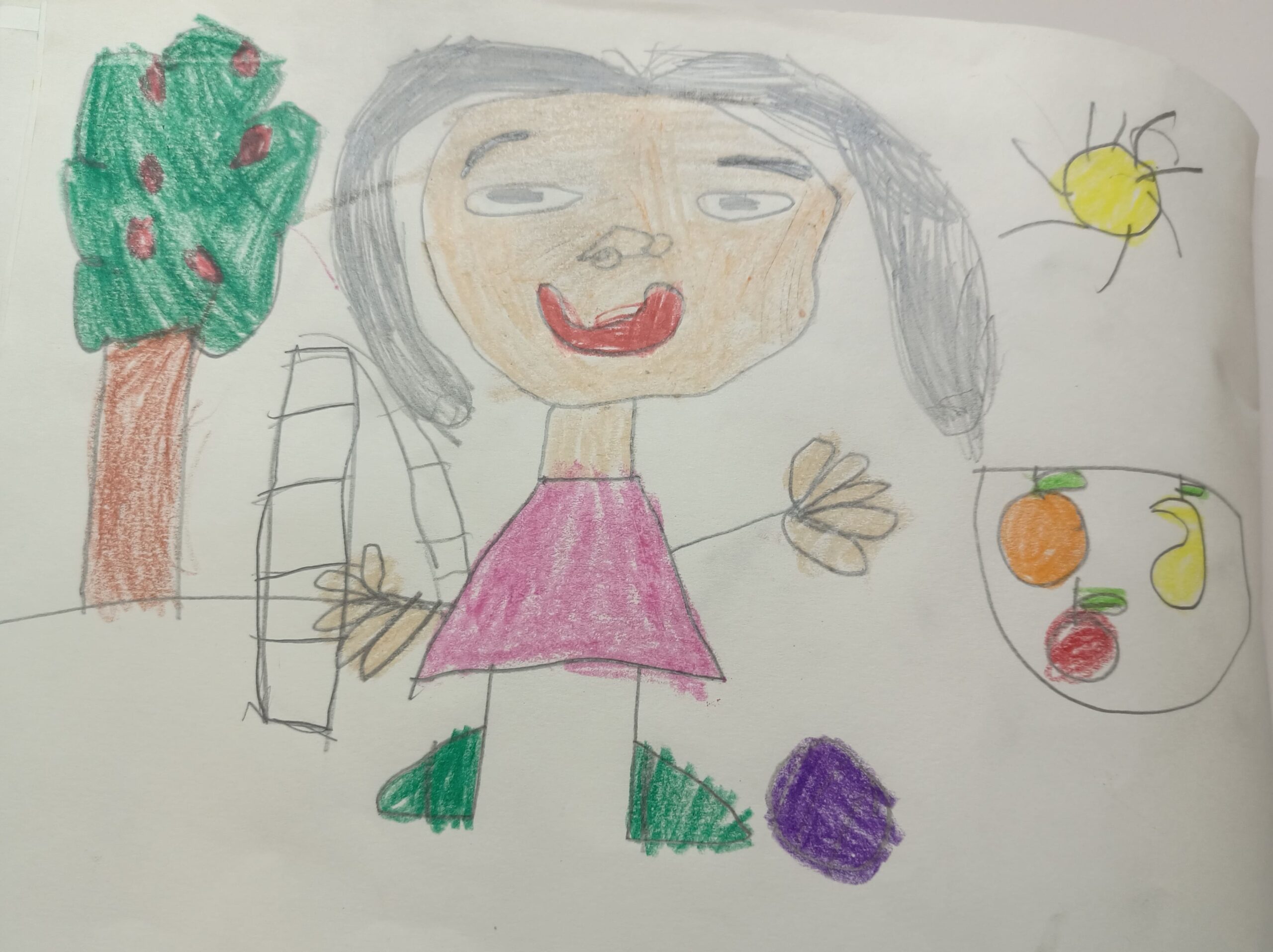
किसी भी चीज़ की पहचान हमारे मनपसंद काम से होती हैतो हमने हिंदी में शुरुआत भी एक खेल के साथ की | सभी ने समूह में मिलकर छुपन-छुपाई का खेल खेला और साथ ही साथ इस खेल से जुड़ी एक कहानी भी सुनी ’छुपन-छुपाई’- बरखा सीरीज़ | बच्चों ने लिखकर एवं चित्रों द्वाराअपने घर में छिपने की अलग-अलग जगहों के बारे में भी इस बात को बताया –


दोस्त भी हमारे परिवार का एक हिस्सा होते हैं और दोस्ती को समझने के लिए हमने “नन्हें चूज़े की दोस्त” – एकलव्य द्वारा प्रकाशित कहानी को भी बच्चों के साथ साझा किया | कहानी को सुनते समय बच्चों को उसका शीर्षक नहीं बताया गया था जो कि उन्हें खुद बनाना था | बच्चों ने जो शीर्षक बनाए वे कुछ इस प्रकार थे – “बिल्ली मौसी दोस्तों की प्यारी”, “बिल्ली और उसके सारे दोस्त”, “बिल्ली और चूज़े की दोस्ती” आदि |
कहानी के बाद अगले चरण में, बच्चों के कौन-कौन दोस्त हैं? उन्होंने उसके बारे में भी हमें बताया |
जब हमने बच्चों के साथ उनके घर के बारे में बात की तब हमने इसकी शुरुआत “आओ तुम्हें दिखलाता हूँ एक जगह मैं ऐसी” कविता से की और साथ ही साथ प्रथम द्वारा प्रकाशित “मेरा घर” कहानी भी पढ़ी | यहाँ पर जब हम घर की बात कर रहे थे, तब बच्चों ने अपने घर में उपस्थित तरह-तरह की चीज़ों को पहचाना और वे कहाँ पर रखी जाती हैं उनकी जगह का भी अवलोकन किया | साथ ही साथ बच्चों ने इस बारे में भी बताया कि वे अपने परिवार के साथ क्या-क्या करना पसंद करते हैं| नीचे दिए गए कुछ चित्रों की तरह –
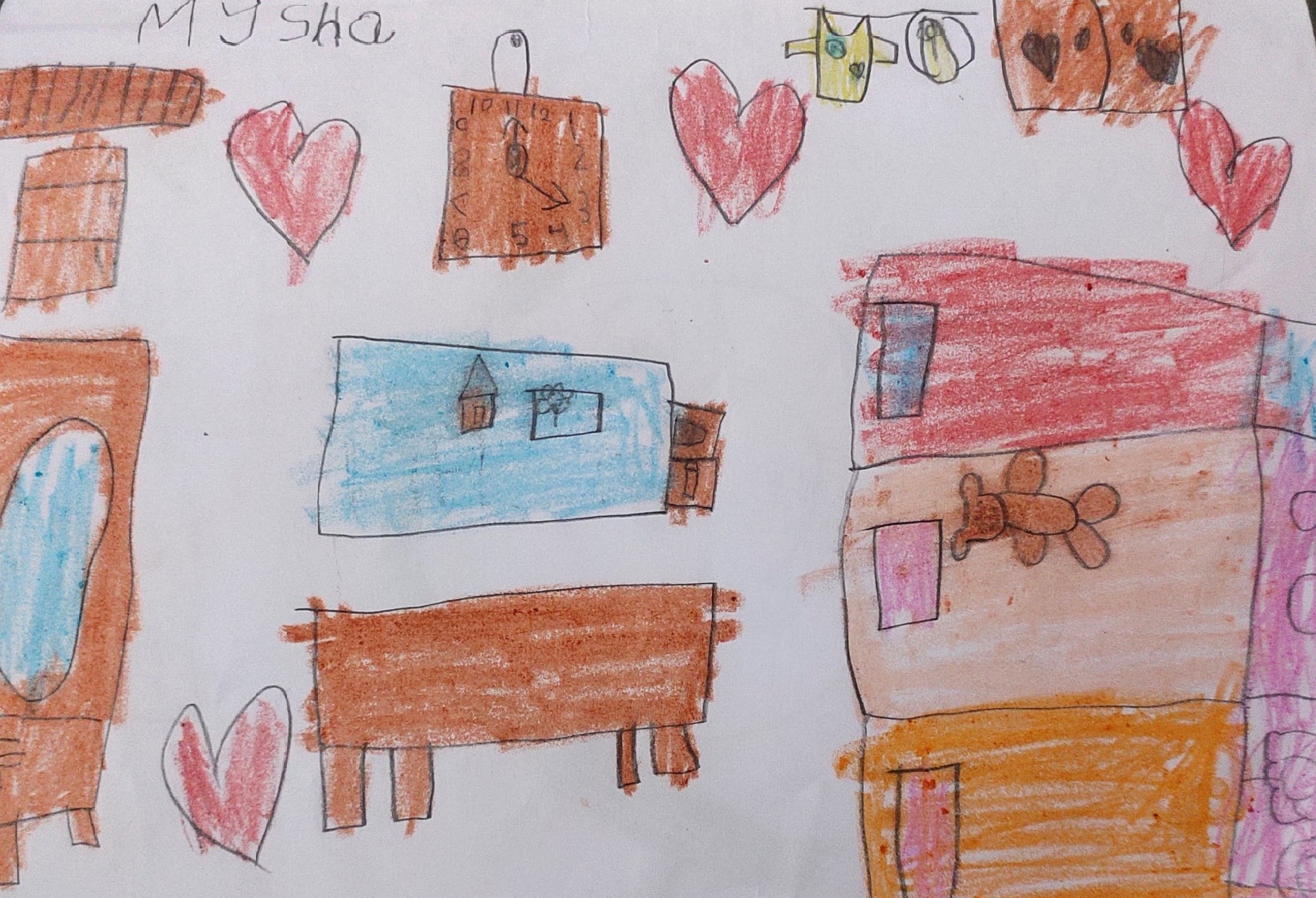
अपने शरीर के अंगों को पहचानने के लिए और उन अंगों की क्रियाओं को समझने के लिए बच्चों के साथ – “एक में दो” – गुलज़ार द्वारा, कविता की गई, साथ ही साथ कविता के बाद अपने विचारों को और मज़बूत बनाने के लिए अन्य गतिविधियों का भी सहारा लिया गया था | “कुछ सीधा कुछ घुंघराला” – प्रथम द्वारा प्रकाशित, कहानी को भी इसी थीम में जोड़ा गया था |
बच्चों ने अपने शरीर के उन अंगों को पहचाना जो गिनती में दो हैं और ऐसे भी अंग जो एक हैं | नीचे दिए गए कुछ चित्रों की तरह –
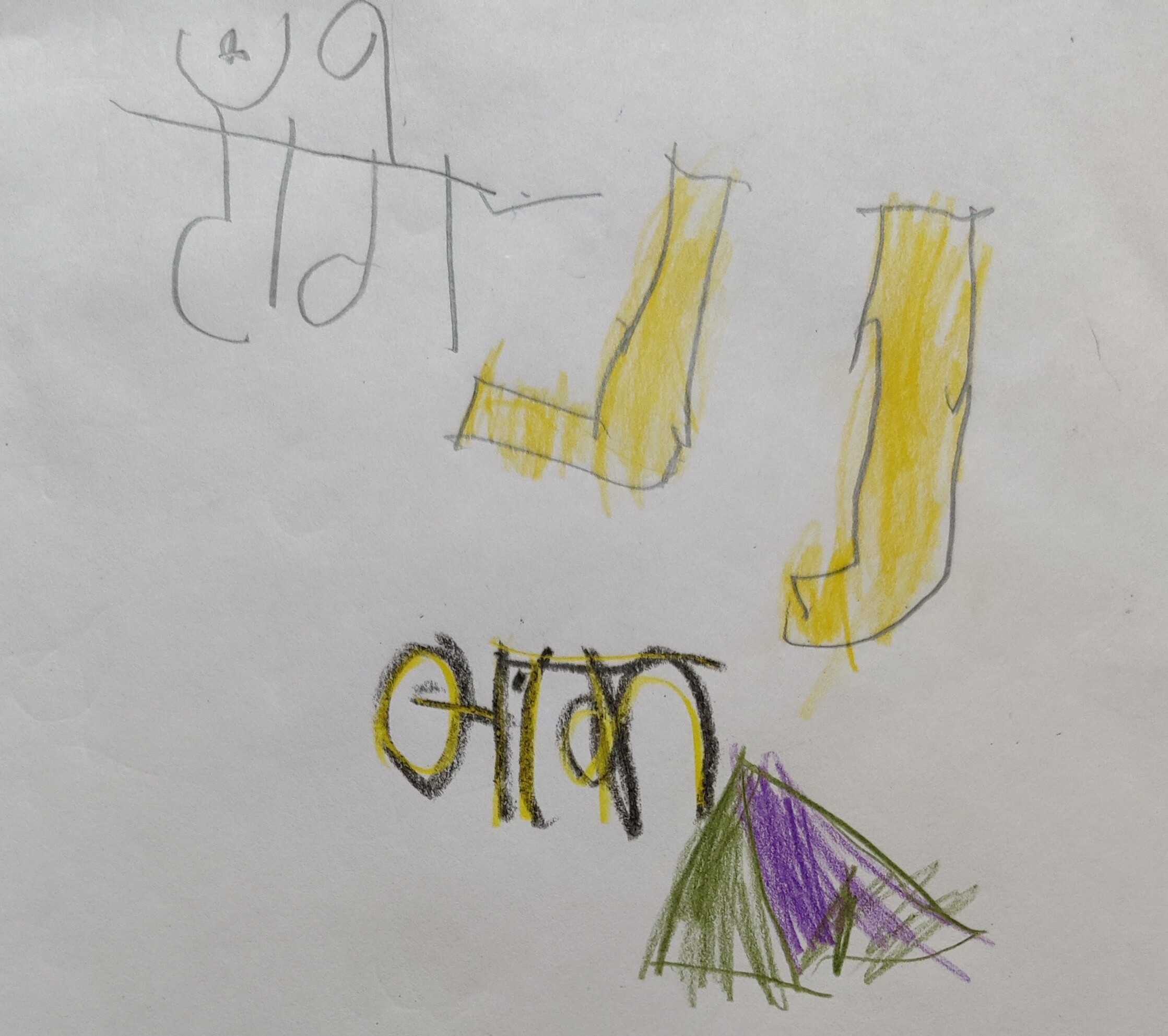
अपनी इंद्रियों की क्रिया को पहचानने के लिए – यहाँ आँख – हम सभी ने मिलकर एक कहानी के द्वारा किया, जिसका नाम था “ठीक से देखो” – एकलव्य द्वारा प्रकाशित | इस कहानी के हर पन्ने में हमने कुछ बारीक चीज़ों को ढूंढने का प्रयास किया था – जैसी कि – झाड़ में तितली, गठरी में नानी की साड़ी, छोटे से पौधे पर बड़ा सा फल आदि | इसके बाद बच्चों को कहा गया था कि उन्हें अपने घर में लगी कोई एक तस्वीर को ठीक से देखना है और ऐसी चीज़ को पहचानना है जिस पर उनकी पहले कभी नज़र नहीं गई | बच्चों ने कुछ मज़ेदार चीज़ों का अवलोकन किया और सबके साथ साझा भी किया – जैसे – एक बच्चे का कहना था कि जब उन्होंने अपने भाई के साथ उनकी बचपन की तस्वीर को ठीक से देखा तो उन्हें दिखाई दिया कि उनके भाई ने मुट्ठी बंद की हुई है | एक बच्चे ने कहा कि उन्होंने अपने पापा और उनके दोस्तों की तस्वीर को ध्यान से देखने के बाद अपने पापा को पहचाना और साथ ही साथ यह भी देखा कि फोटो के पीछे पेड़-पौधे भी लगे हुए हैं | इस क्रिया को और मज़बूत बनाने के लिए बच्चों को चित्र दिखाए गए थे जिनमें उन्हें 5 अंतर को खोजना था | बच्चों ने अपनी मौखिक भाषा का इस्तमाल करते हुए इस क्रिया को किया |
During the summer break, Merry group will be closely associated with the tasks related to their emotions, family, and home. They are given stories like “The Way I Feel” and “अक्कू हुई गुस्सा” that are related to emotions which will help them to express their emotions using appropriate vocabulary. To be able to connect more with their family members, learners are given the opportunity to create a book “मेरा परिवार” where they will draw and write a few lines about their respective family member and the family members will also write a few lines about the child. To build a connection with their home, learners are given the opportunity to draw themselves sitting in their favourite corner of the home and write a few lines about their home. They are also encouraged to create their house models where they can use materials of their choice to build their houses.
Children’s learning :
During this journey to understand the self better, the children took a deeper look into themselves, commenced their journey to understand and start appreciating diversity all around them.
Facilitator’s learning :
While working with our learners, we, as facilitators realized that learners have a lot of knowledge and their ways to express that knowledge, therefore we should give them ample opportunities so that they can come out with their experiences and thoughts, and opinions
Why we chose that theme :
We, as facilitators felt that before exploring and making meaning of various things in their environment, they should first explore and understand themselves, their bodies, and their immediate environment i.e. family and home. And it was a great opportunity to do this project during the lockdown period as the children were able to connect more and develop a bond with their family members and their physical space.
